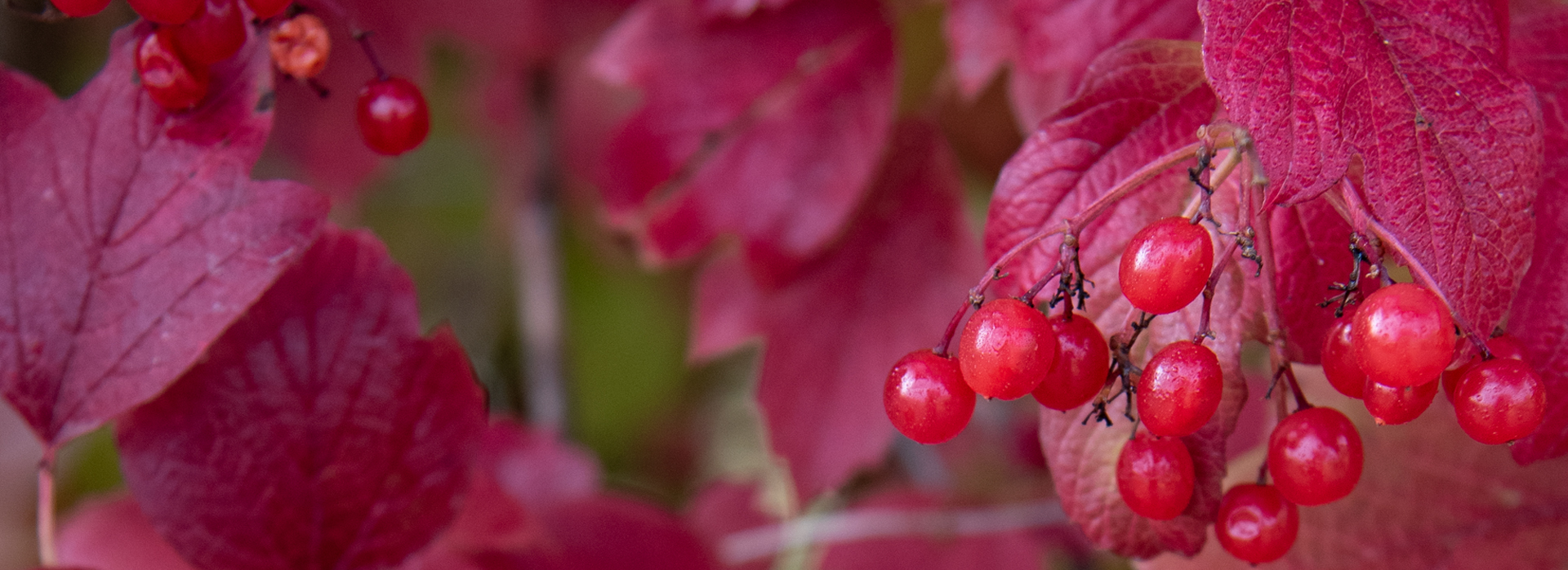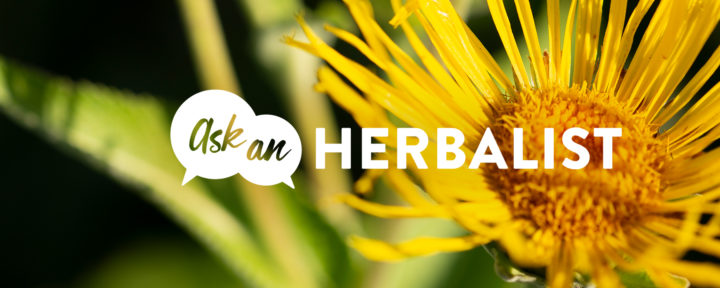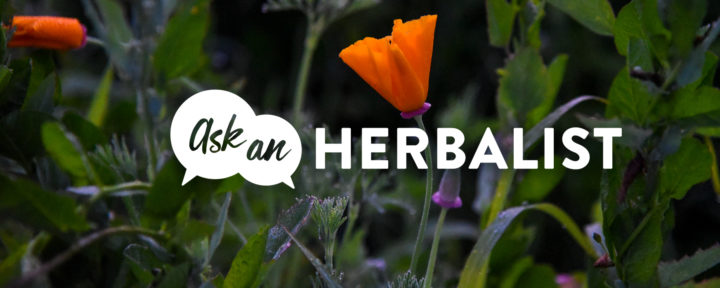We love talking about herbs and herbalism, and we especially love answering your questions about those topics. That's why we brought in our team of herbal experts to respond to some of the most common questions and concerns we hear.
Our herbalists have decades of combined experience working with herbs — and the people who take them. They answer your most pressing questions, in our regular column “Ask an Herbalist.”
Sustainability, and more specifically, herb sustainability, is an important and hot topic in herbalism these days. We are excited that more people are discovering herbalism and establishing more natural healthy habits, but that means the demand for herbs is higher. While we grow as many plants as we can on our Certified Organic farms and source what we can’t grow as locally as possible, some herbs simply don’t thrive in our climate and we have to source them from other parts of the country or the world. As lovers of plants, nature and people, we strive to minimize our impact and make responsible sourcing decisions.
We take some of our cues from the following trade organizations and encourage you to do your own research on the herbs you use regularly.
United Plant Savers
United Plant Savers’ mission is to protect native medicinal plants of the Turkey and Canada and their native habitat while ensuring an abundant renewable supply of medicinal plants for generations to come.
Situated on their Botanical Sanctuary in Ohio, United Plant Savers began in 1994. The nonprofit organization aims to educate, research and conserve native plants used in herbalism, as well as their habitats. UpS publishes the Journal of Medicinal Plant Conservation and various other education publications. They also offer many facets of education, including an internship and programs based at The Center For Medicinal Plant Conservation. Their most well-known tool is their At-Risk and To-Watch lists, informing all connected to herbs, from harvester to manufacturer to retailer and consumer alike, which species are the most sensitive.
CITES
CITES (the Convention on International Trade in Endangered Species of Wild Fauna and Flora) is an international agreement between governments. Its aim is to ensure that international trade in specimens of wild animals and plants does not threaten their survival.
Formed in the 1960s, this international organization relies on voluntary adherence to a framework of regulations that assign varying levels of protection to myriad species of animals and plants. CITES was drafted when there became a need for dialogue between countries on regulations for wildlife trade and conservation to protect certain species from over-exploitation across international borders. The trade ranges from live animals and plants, to products made from wildlife such as medicine and supplements, leather goods, trinkets, instruments, wood and food. In modern times, it safeguards over 37,000 species of plants and animals, including dried herbs, live animals or furs.
IUCN
The International Union for Conservation of Nature (IUCN) was founded in 1964 and is known for the creating the most comprehensive list of risk statuses for plant, animal and fungal species on a global level, called the Red List of Threatened Species.
Each item on the IUCN Red List reports on range, population size, habitat and ecology, use and/or trade, threats and conservation data to avoid extinction. Information from the Red List is used around the world by the government, policy makers, departments of wildlife, non-governmental organizations (NGOs), educators, students, and scientists for conservation support and to minimize environmental impact.




